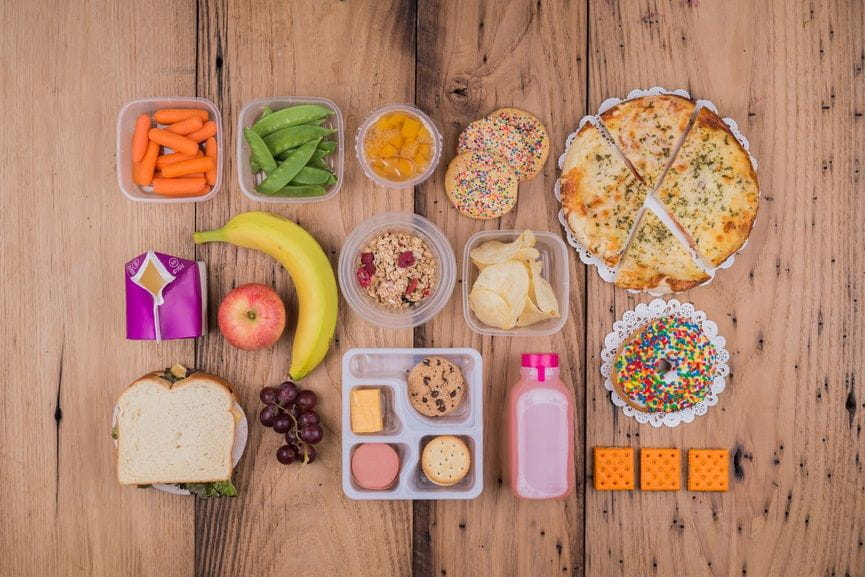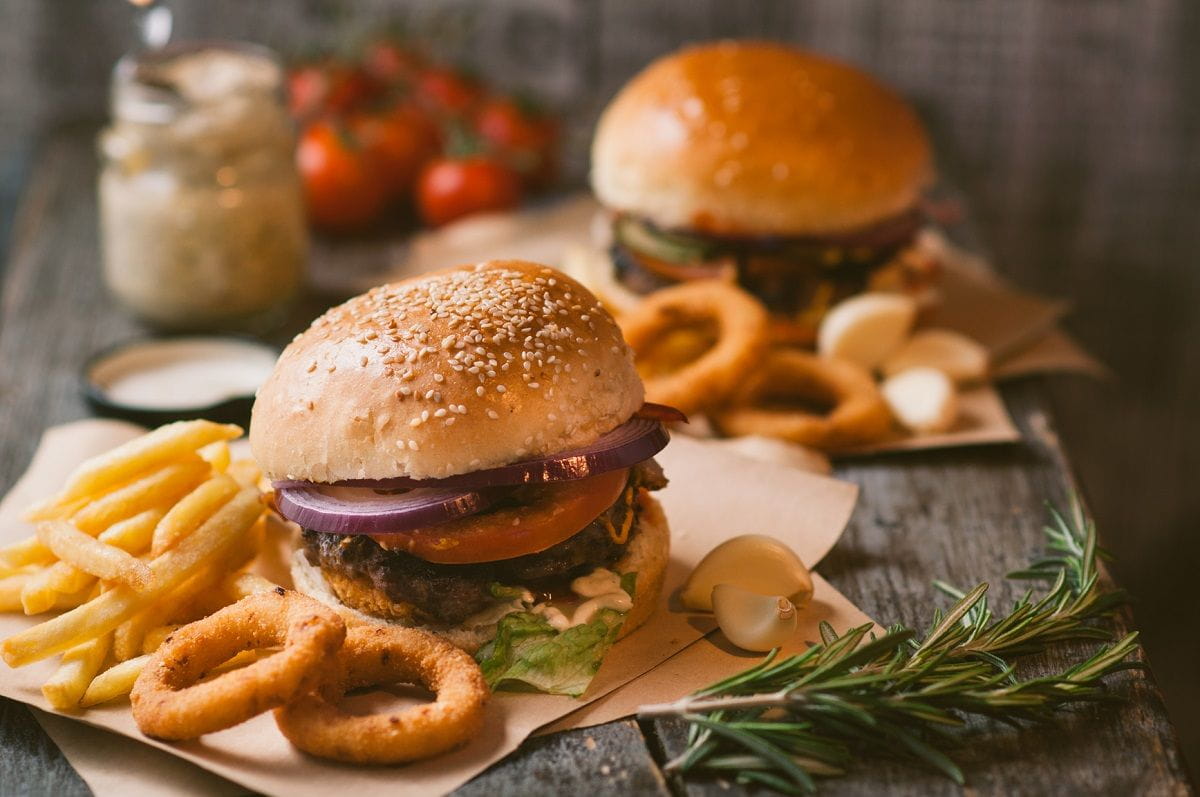Do You Know Your Fat-egories? The Skinny on Kids and Fats

We all know that a heaping plate of French fries and a couple glasses of soda just aren’t healthy for little growing bodies, and sobering statistics about childhood obesity may cause some parents to think cutting fat entirely will make their young ones healthier. But here’s the twist: Children actually need fat.
According to the Kids Health Organization, fats actually aid brain development in young children. Not only that, fat helps the body absorb “fat-soluble” vitamins like A, D, E, and K that work to keep our bodies in prime health. (Want to learn more about vitamins and their benefits? Check out it out here.)
The problem is that not all fats are created equal—and since we’ve focused so much attention on bad fats, they’ve all received a bad rap and become associated with unhealthy foods. The key here is to get to know the different kinds of fats out there so you can make sure your children get the right amount and type of fat that they need. Here’s our guide to getting the good stuff and kicking out the bad.

1. Unsaturated Fats
Recommendation: Eat up!
The Skinny on Unsaturated Fat: These good fats, which also contain omega-3s, can actually help lower cholesterol and improve heart health. These are the best sources for fat.
Foods with Unsaturated Fat: Avocados; olive, vegetable, and canola oils; nuts and seeds; and fatty fish, like tuna and salmon.
How to Add Unsaturated Fat to Your Children’s Diet: Throw in toasted almonds or other nuts to a homemade snack mix. Use olive oil instead of butter. Drizzle some olive oil over veggie side dishes. When making a fruit smoothie, toss in half an avocado. If your kiddo is of the adventurous mindset, sushi is an awesome meal that’s full of unsaturated fats.

2. Saturated Fats
Recommendation: Limit them.
The Skinny on Saturated Fat: The USDA recommends that less than 10% of daily calories come from saturated fats.
Foods with Saturated Fat: Butter, cheese, whole milk, ice cream, fatty cuts of meat, and palm and coconut oil.
How to Limit Saturated Fat in Your Children’s Diet: The Center for Disease Control (CDC) makes these easy recommendations to ensure your family doesn’t get too much saturated fat.
- Choose leaner cuts of meat without a marbled appearance, and trim all visible fat off meats before eating. If your family doesn’t care too much about meat, you could always opt for meatless meals, like veggie egg cups for breakfast or spaghetti squash lasagna for a hearty dinner.
- For the littlest eaters, the American Academy of Pediatrics recommends giving them breast milk until year one—from there, whole milk is the next stepping stone, unless there are clinical reasons to switch to the low fat version earlier. After the age of two, though, you should go for low-fat (1%) or skim rather than whole milk.
- Buy low- or non-fat versions of your favorite cheeses and dairy products.
- Use low-fat spreads or olive oil instead of butter.
- Read those nutrition labels so you can find baked goods, breads, and desserts that are low in saturated fat.
- Check nutrition labels even for snack foods as some snacks, such as sandwich crackers, contain saturated fat. Or go ahead and nix the whole issue by giving your little one low- or non-fat yogurt and fruit.

3. Trans Fats
Recommendation:Avoid when possible. No to very low trans fat is best.
The Skinny on Trans Fat: These fats increase bad cholesterol and lower good cholesterol—a double whammy for heart health. While some trans fat occurs naturally in the fatty parts of meat and dairy, many people consume far too much artificial trans fat.
How to Limit Foods with Trans Fat in Your Children’s Diet: The biggest way to bid trans fats adieu is by avoiding fast-food restaurants, which still have a tendency to use trans fats, and manufactured products like doughnuts, cookies, crackers, chips, non-dairy creamers, and margarine, all of which contain hydrogenated and partially hydrogenated oils. When in doubt about products, read the nutrition label—if you see the phrases “hydrogenated oils” or “partially hydrogenated oils,” you’ve got trans fat on your hands. But take even the label with a grain of salt because…
…Zero Trans Fat Doesn’t Always Mean Zero!
Unfortunately, sometimes zero trans fat doesn’t really mean zero. The FDA allows processed food companies to put “0 grams of trans fat” on their labels even if there’s up to .5 grams of trans fat per serving in the food—and for things like packaged snack foods, that can really add up fast.
So how much fat should kids consume?
The CDC recommends that children ages two to three years eat a varied diet with about 30–40 percent of calories coming from fat. For children ages four to 18, the guidelines recommend that 25–35 percent of calories from fat.
Here are the calorie recommendations for children who get about 30 minutes of moderate physical activity each day. We’ve done the math to find the right amount of calories, along with calories coming from good fats, that they should consume throughout the day:
Children ages 2-3: 1,000 calories
300–400 calories from (mostly unsaturated) fat for most kids this age.
Children ages 4-8: 1,200-1,400 calories
300–490 calories from fat, depending on the total needs of the individual child.
Girls ages 9-13: 1,600 calories
400–560 calories from (mostly unsaturated) fat.
Boys ages 9-13: 1,800 calories
450–630 calories from (mostly unsaturated) fat.





